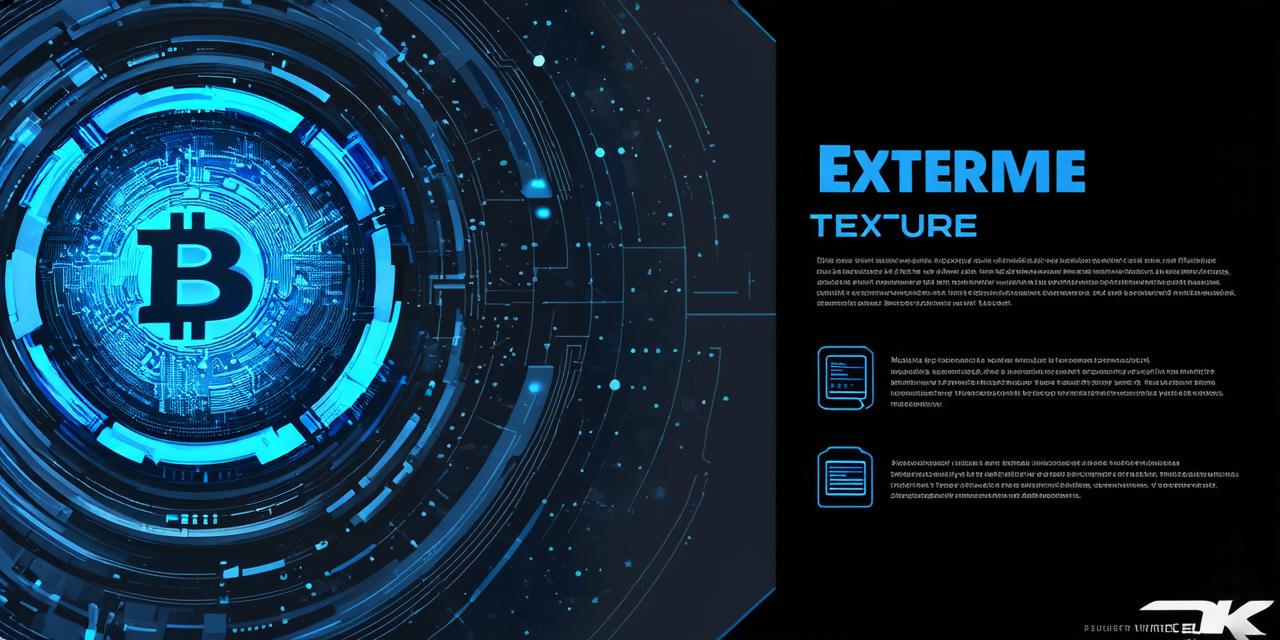Blockchain infrastructure refers to the underlying technology and systems that support the operation of blockchain networks. This includes everything from the hardware and software components to the governance structures and security protocols that ensure the integrity and security of the network.
One of the key benefits of blockchain infrastructure is its ability to provide a secure, decentralized platform for storing and transferring valuable assets. By leveraging advanced cryptographic techniques, blockchain networks can provide a level of security that is virtually unmatched by traditional systems. This makes them ideal for applications such as supply chain management, financial services, and identity verification.
Another important aspect of blockchain infrastructure is its ability to enable decentralized decision-making and governance. By using smart contracts and other automated mechanisms, blockchain networks can provide a more efficient and transparent way for organizations to manage their operations and make decisions. This can help to reduce costs, increase efficiency, and improve overall performance.
Despite its many advantages, blockchain infrastructure is not without its challenges. One of the main challenges is the need for specialized expertise and resources. Developing and maintaining a blockchain network requires a deep understanding of cryptography, distributed systems, and software development. It also requires significant investments in hardware and infrastructure.
Another challenge facing blockchain infrastructure is the issue of scalability. While blockchain technology has shown great promise in enabling fast and secure transactions, it can struggle to handle high volumes of activity. This can limit its use in some applications and require significant technical innovation to overcome.
Despite these challenges, the potential benefits of blockchain infrastructure are enormous. By providing a secure, decentralized platform for storing and transferring valuable assets, blockchain networks can help organizations to improve efficiency, reduce costs, and increase overall performance. As the technology continues to evolve, we can expect to see even more exciting applications emerge in the years to come.
Case study: The Bitcoin network
One of the most well-known examples of blockchain infrastructure is the Bitcoin network. Launched in 2009, Bitcoin is a decentralized digital currency that uses blockchain technology to enable fast and secure transactions.
The Bitcoin network is built on a distributed ledger that records all transactions in a transparent and immutable way. This makes it possible for anyone to verify the authenticity of a transaction and prevent fraudulent activity. The network is secured using advanced cryptographic techniques, including mining and proof-of-work algorithms.
One of the key challenges facing the Bitcoin network is its limited scalability. Despite its many advantages, the network can struggle to handle high volumes of activity, leading to slow transaction times and high fees. To address this issue, developers are working on implementing new technologies such as the Lightning Network, which enables faster and more efficient transactions.
Despite these challenges, the Bitcoin network has shown great resilience and adaptability in the face of changing market conditions. It has inspired a whole new generation of blockchain-based applications, including decentralized finance (DeFi) platforms, non-fungible token (NFT) marketplaces, and more.
Expert opinion: “Blockchain infrastructure is the foundation for the future of technology”
According to Andreas Antonopoulos, a leading expert in blockchain technology and author of several best-selling books on the subject, blockchain infrastructure is the foundation for the future of technology.
“Blockchain infrastructure provides a secure, decentralized platform for storing and transferring valuable assets, enabling organizations to improve efficiency, reduce costs, and increase overall performance,” says Antonopoulos. “As the technology continues to evolve, we can expect to see even more exciting applications emerge in the years to come.”
Antonopoulos goes on to emphasize the importance of specialized expertise and resources in developing and maintaining a blockchain network.
“Blockchain technology is still in its early stages, and there is a lot to learn,” he says. “But with the right skills and resources, anyone can build a successful blockchain-based application.”
Real-life examples: Supply chain management and identity verification
Blockchain infrastructure has already found applications in several real-life scenarios, including supply chain management and identity verification.
In supply chain management, blockchain technology is being used to enable more efficient and transparent tracking of goods as they move through the supply chain. This can help to reduce costs, improve product quality, and increase customer satisfaction. For example, Walmart has implemented a blockchain-based system for tracking food products, enabling faster and more accurate recall of contaminated items.
In identity verification, blockchain technology is being used to enable secure and decentralized management of personal identities. This can help to reduce fraudulent activity and improve security in online transactions. For example, Civic is a blockchain-based platform for verifying identities, enabling users to control their own personal data and prevent identity theft.
Comparing blockchain infrastructure to traditional systems
When compared to traditional systems, blockchain infrastructure offers several advantages. These include:
- Decentralization: Blockchain networks are decentralized, meaning that they do not rely on a single entity or organization to operate. This can provide greater security and resilience in the face of attacks or failures.
- Immutability: Transactions on a blockchain are recorded in an immutable ledger, making it difficult for anyone to alter or delete them. This can help to prevent fraudulent activity and improve overall trust in the system.
- Efficiency: Blockchain technology enables fast and secure transactions, reducing the need for intermediaries and enabling organizations to operate more efficiently.
FAQs
What is blockchain infrastructure?
Blockchain infrastructure refers to the underlying technology and systems that support the operation of blockchain networks. This includes everything from hardware and software components to governance structures and security protocols.
How does blockchain infrastructure enable decentralized decision-making and governance?
By using smart contracts and other automated mechanisms, blockchain networks can provide a more efficient and transparent way for organizations to manage their operations and make decisions. This can help to reduce costs, increase efficiency, and improve overall performance.
What are the main challenges facing blockchain infrastructure?
The main challenges facing blockchain infrastructure include the need for specialized expertise and resources, limited scalability, and security concerns.

Summary
Blockchain infrastructure is a critical component of the blockchain ecosystem, providing a secure, decentralized platform for storing and transferring valuable assets. By leveraging advanced cryptographic techniques and distributed systems, blockchain networks can provide a level of security that is virtually unmatched by traditional systems. Despite its many advantages, blockchain infrastructure is not without its challenges, including the need for specialized expertise and resources and limited scalability. Despite these challenges, the potential benefits of blockchain infrastructure are enormous, enabling organizations to improve efficiency, reduce costs, and increase overall performance. As the technology continues to evolve, we can expect to see even more exciting applications emerge in the years to come.
